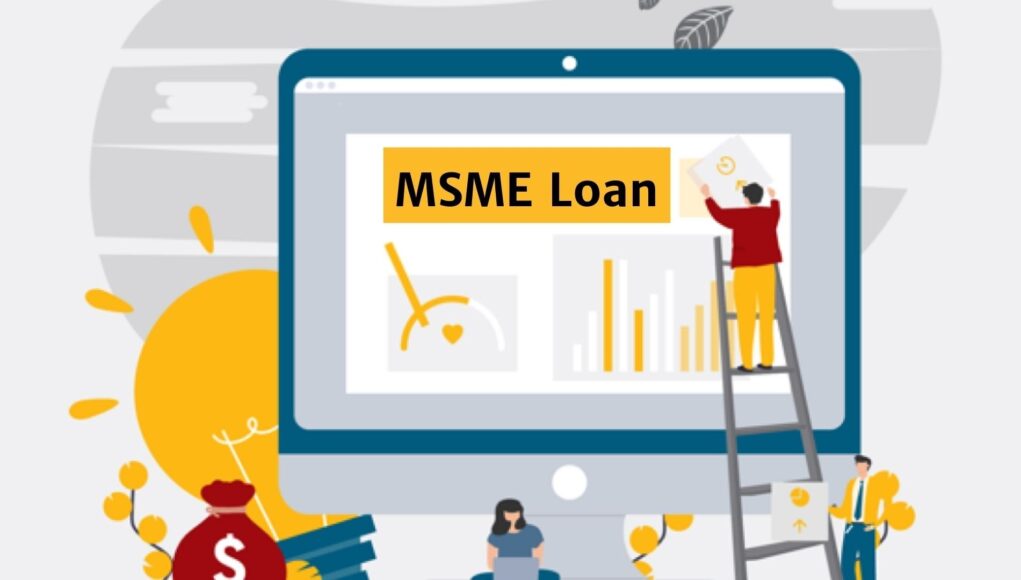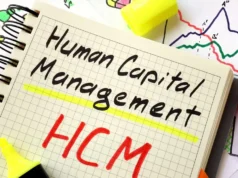The new Govt loan scheme for MSMEs and Retailers has been devised by the Reserve Bank of India, India’s apex banking authority, that revises and formulates policies to cater to the growing needs of the Banking sector. With the push to the Micro, Small Enterprises from the government’s side to empower them, there was also a need for change in the loaning method that MSMEs and retailers avail.
To facilitate loan evaluation by the borrower, RBI issued recent guidelines, adding a few changes to the present scenario of the provision of loans to MSMEs.
What Are The Recent Guidelines By RBI?
In a bid to increase customer awareness and to ensure transparency between the loaning process for retail and MSME borrowers, the Reserve Bank of India (RBI) has issued fresh guidelines. The guidelines mandate financial institutions to provide full information about the loan by issuing a Key Fact Statement (KFS) as a part of this govt loan scheme.
The various backstage charges such as processing fees, documentation and any other fees/charges shall be notified to the interested borrower. Alongside, the KFS will include an Annual Percentage Rate (APR), recovery and grievance redressal mechanism in a simple format, easily readable by the common man.
The guidelines for this govt loan scheme are going to be implemented from October 1, 2024. New RBI Guidelines On MSME Loans is an elaborated article by Jaagruk Bharat that provides more information about this govt loan scheme, RBI guidelines and their benefits.
What Is A Key Fact Statement (KFS)?
A KFS is a statement containing all important information about a loan involving all fees, charges, interest and annual percentage rates, grievance redressal mechanism and other important terms and conditions.
A Key Fact Statement increases transparency between the banking institution and the borrower. It empowers the borrowers by entitling them to make informed decisions regarding loans. It also increases the authenticity of a loan provision.
After the provision of KFS to retail and MSME enterprises, they will now be able to compare different loan products and motivate financial literacy. This way, consumer awareness is generated.
Some forms of loans were already able to avail the issuance of a KFS, such as, loans by scheduled commercial banks to individual borrowers, digital lending and microfinance loans.
Conclusion
The revision of standard operating procedures in the banking sector must change from time to time to provide better financial opportunities and benefits to the customers. With this reform in the loan sector and this govt loan scheme, the MSMEs will now be strengthened as they will be able to procure loans after complete information and awareness about the loan and its features.
For more information on these guidelines, reach out to your nearest bank or stay tuned to Jaagruk Bharat as we gather the most reliable and accurate information as per your needs.








